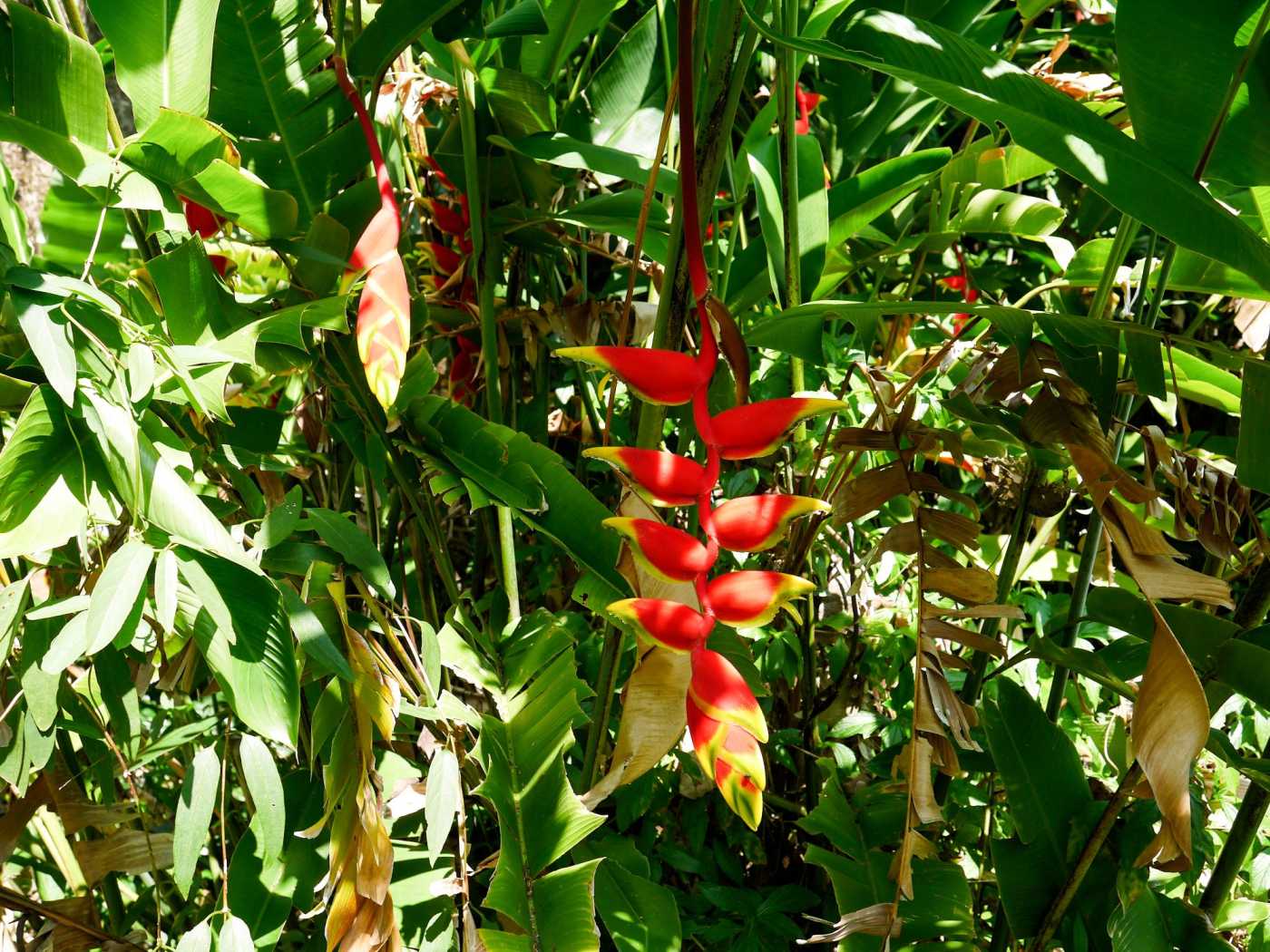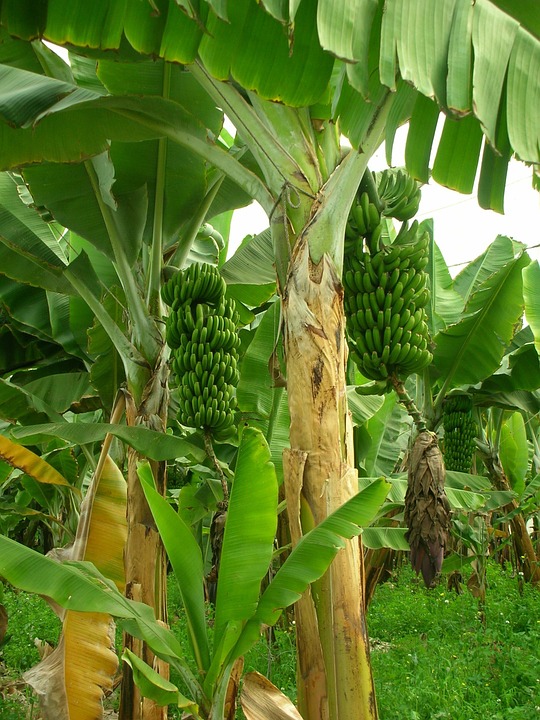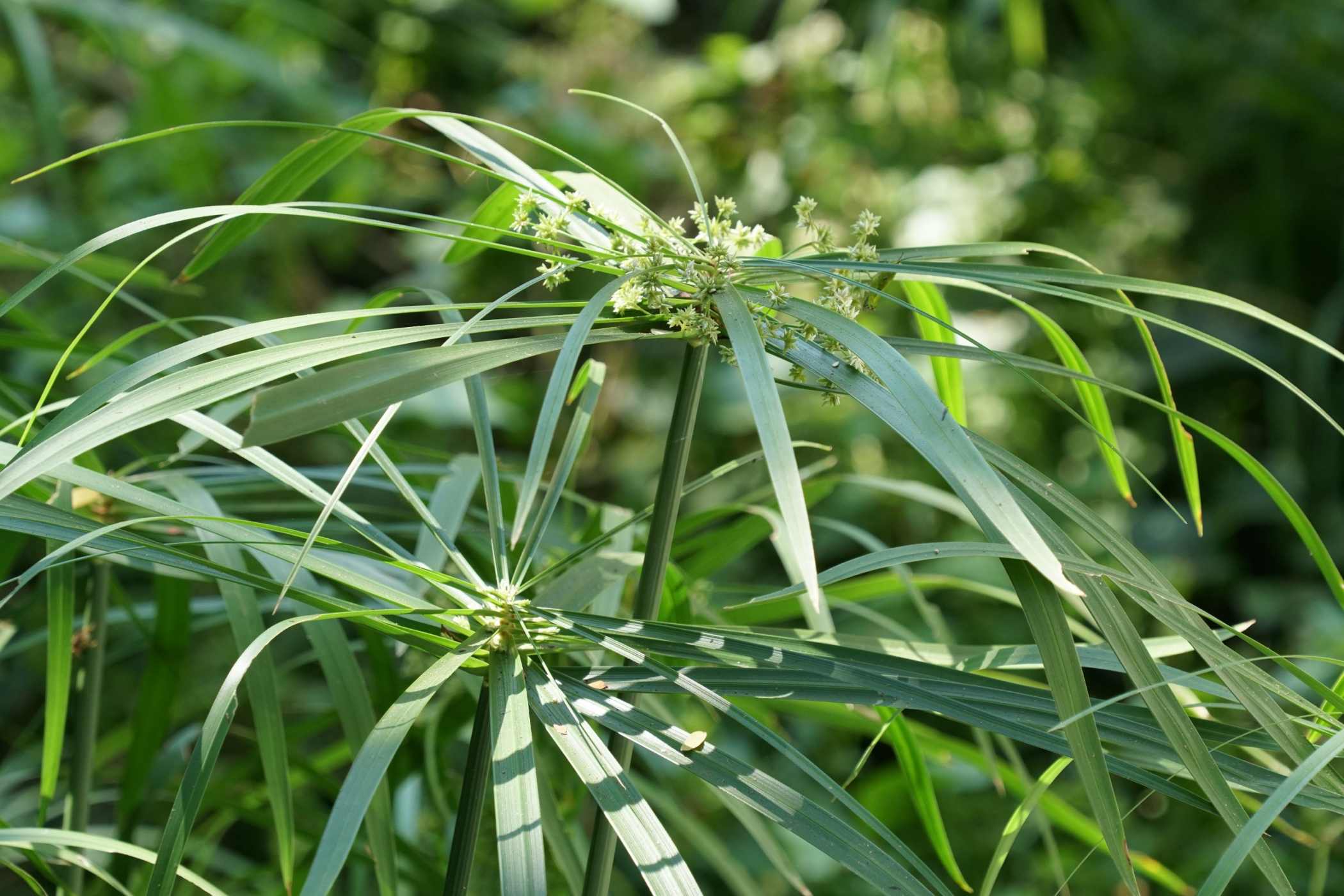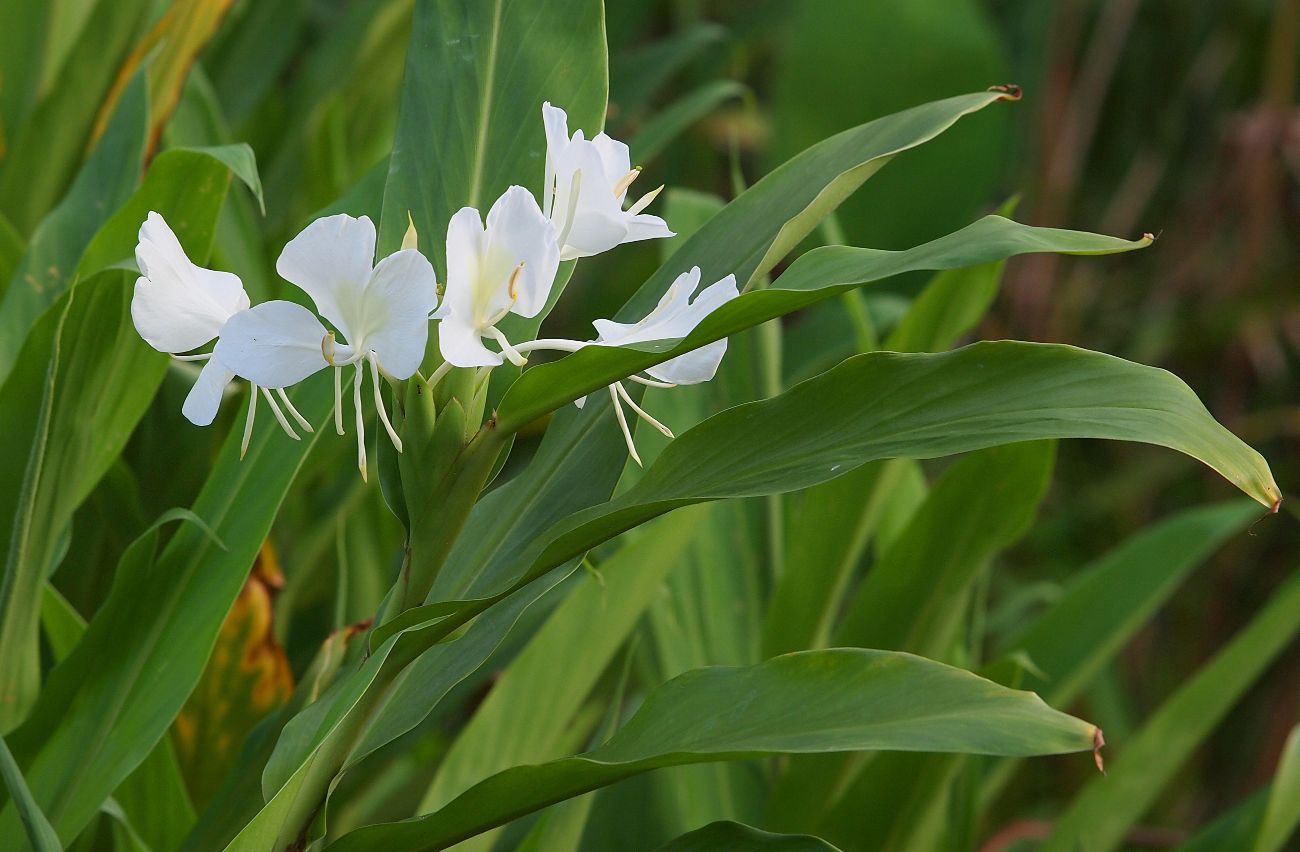Grow a Garden With Greywater From Your Kitchen, Bathroom. Expert Shares How
Did you know your garden can double up as a natural water treatment plant? Find out how you can cut wastage of water while surrounding yourself with greenery!

Indukanth Ragade stops me mid-sentence when I ask about greywater treatment for garden plants. “There is no such concept,” he asserts, “The greywater from your household need not be treated for watering your garden plants.”
The 82-year-old urban environmentalist from Chennai proceeds to provide a precise calculation to debunk the most common myth about greywater – that the chemicals present in it can harm plants if applied directly.
For the uninitiated, greywater refers to the relatively cleaner wastewater generated from bathrooms, washing machines and kitchen appliances. It is also referred to as sullage.

For your garden watered with greywater, Ragade advises growing any type of indigenous garden plants, especially the water-loving species like Canna indica, Ginger Lily, Heliconium, Cyperus, colocasia or banana.
In fact, the moderate amounts of phosphates present in detergent serve as a growth-enhancing fertiliser for the plants, which helps them develop thick foliage and blooms. These plants also help in naturally purifying the water to a great extent.
He cautions urban gardeners about ornamental and exotic plants with specific requirements of water, soil, and other resources that might not thrive well with greywater.

“Greywater Helps Plants Thrive”
“You make the calculation. In one month, an individual will use, let’s say, a 100 gm toilet soap bar. Each day, if the person uses around 15 litres of water for bathing, the total water usage for the month will come to 450 litres for bathing. Considering this amount in grams, there will be far less than one gram of soap present in each litre of greywater from the washroom,” Ragade breaks it down step by step.
“Since soap, detergents or other toiletries mostly contain organic components, especially if one is opting for sustainable toiletries, the greywater from the washroom of a domestic household can even be purer than rainwater,” says Ragade.
“Most of the chemicals added in toilet soap are organic compounds, like fatty acids, glycerol etc., which are technically composed of Carbon, hydrogen and oxygen – the basic elements in organic chemistry,” he adds.

If anything, these organic extracts will only help the plants thrive, especially in areas with scarcity of water, where watering garden plants can often feel like a liability.
Your Garden can be a Natural Water Treatment Plant
In a conversation with The Better India, the former organic chemist explains how urban dwellers can easily reuse the greywater drained from their washrooms and kitchens to grow a beautiful garden patch in every home.
“In earlier days, the water used in the kitchens of traditional homes was redirected to a patch of banana plants – which is often dubbed as a ‘semi-aquatic’ plant – for its affinity for water and its high-retention capacity. The water from bathing and washing of clothes generally irrigated the garden plants,” says Ragade.

However, due to space constraints in modern cities, a similar methodology cannot be adopted. The kitchen runoff, for instance, contains more organics than the bathroom greywater and cannot be entirely redirected into a small garden patch.
“Instead, I recommend watering the garden plants only with the bathroom and washing machine outflow, while repurposing the organically enriched kitchen greywater for flushing the toilet.”
Alternately, the kitchen greywater can be allowed to percolate in the soil directly, wherein the soil layers will automatically clean it before it percolates further and gets accumulated as clean groundwater, which can be extracted again. “Basically, your garden can be a natural water treatment plant. Greywater seeps into the soil, gets filtered by the soil layers and turns into fresh groundwater. In traditional houses, this purpose was served by a garden dug well,” Ragade reminds.
Incidentally, a dug well enables the accumulation and collection of fresh groundwater from filtered greywater.

Only 2.5 sq. ft Garden Space Needed Per Individual
“To completely reuse the domestic greywater in gardening, only 2.5 sq. ft. of gardening soil is required per individual. So, if there are four members in a family, they can channel their greywater towards a garden space of 10 sq. ft,” he advocates. In fact, a 2.5 sq.ft. garden space can absorb up to 50-60 litres of greywater, he adds.
Similar practices can be adopted in urban apartments as well, where the water can be redirected to potted plants worth a similar garden space.

Greywater Gardening Can Save Water in the Long Run
The expert ecologist explains that there are generally three outlets of water in a standard home – the kitchen, bathroom, and the sewage. “The kitchen and bathroom water need not be treated before being reused for gardening or other purposes,” says Ragade.
On the other hand, the sewage water contains disease-causing organisms which should be treated in a sewage treatment plant (STP) before being reused for any purpose.
“A major mistake committed by apartment complexes during the STP treatment is mixing around 30 per cent toxic sewage water with 70 per cent of the sterile greywater – thereby contaminating the entire amount of water. When this blend of water is treated, the treated water can only be used for one purpose – flushing the toilet,” explains Ragade.
He hopes that urban communities choose to treat only their sewage in the STPs while channelising the domestic greywater towards gardening. This way, even the power consumption of the STPs will be lowered, giving the residents a respite in the electricity bills.
Ragade advocates greywater gardening as an effective measure to reduce the pressure on sewage treatment plants and also save a lot of water in turn. He recommends everyone to adopt this concept in their homes for better and optimum utilisation of resources.
(Edited by Saiqua Sultan)
Like this story? Or have something to share?
Write to us: [email protected]
Connect with us on Facebook and Twitter.
If you found our stories insightful, informative, or even just enjoyable, we invite you to consider making a voluntary payment to support the work we do at The Better India. Your contribution helps us continue producing quality content that educates, inspires, and drives positive change.
Choose one of the payment options below for your contribution-
By paying for the stories you value, you directly contribute to sustaining our efforts focused on making a difference in the world. Together, let’s ensure that impactful stories continue to be told and shared, enriching lives and communities alike.
Thank you for your support. Here are some frequently asked questions you might find helpful to know why you are contributing?


This story made me
-
97
-
121
-
89
-
167











